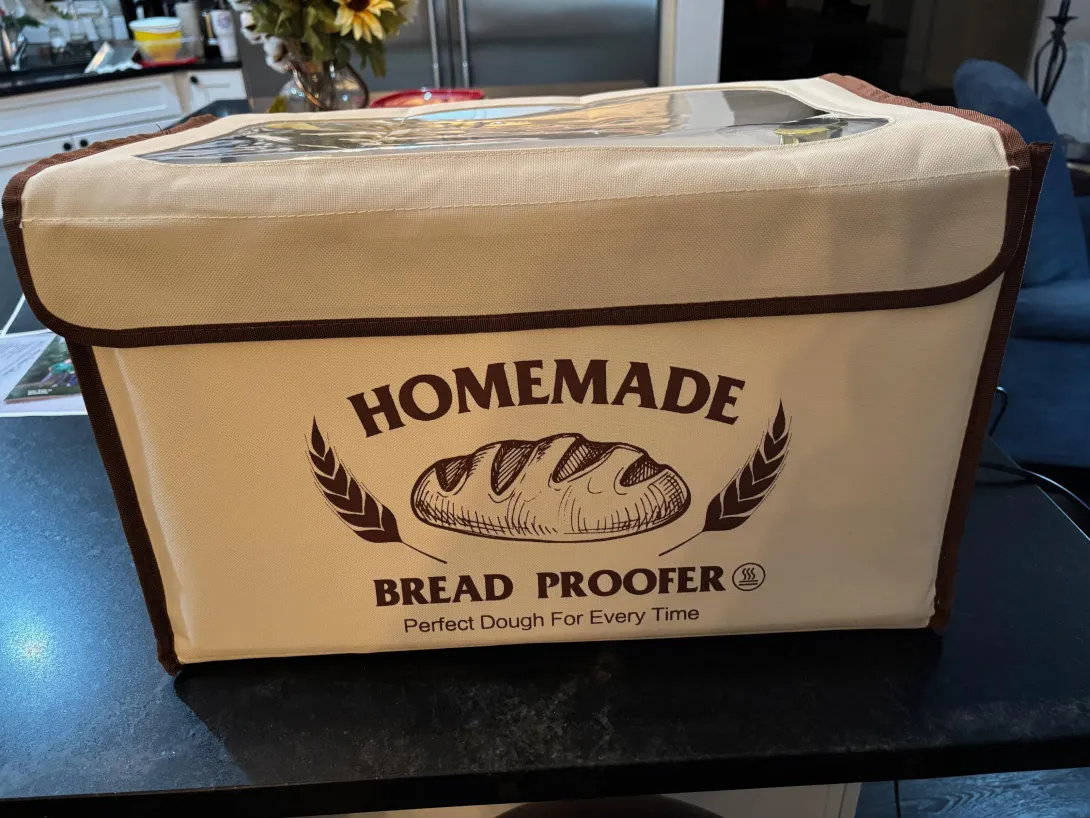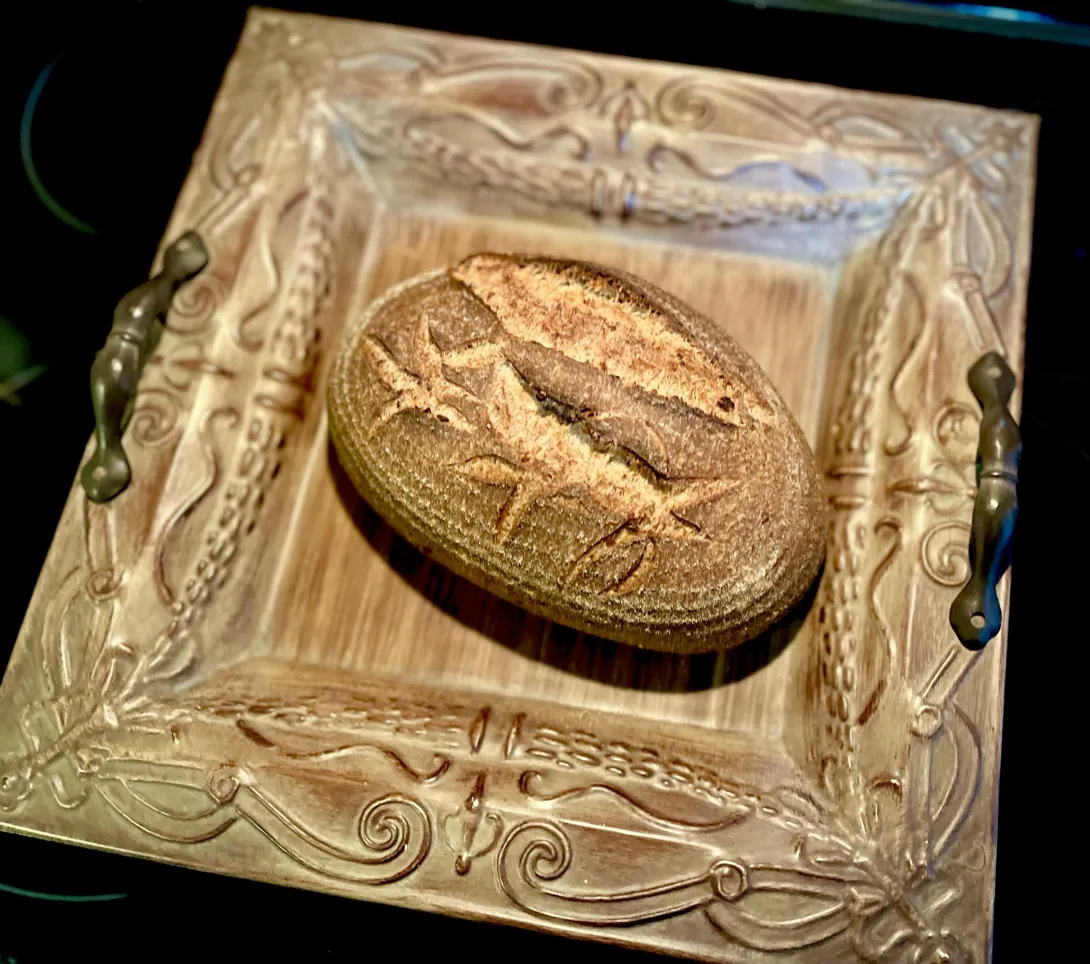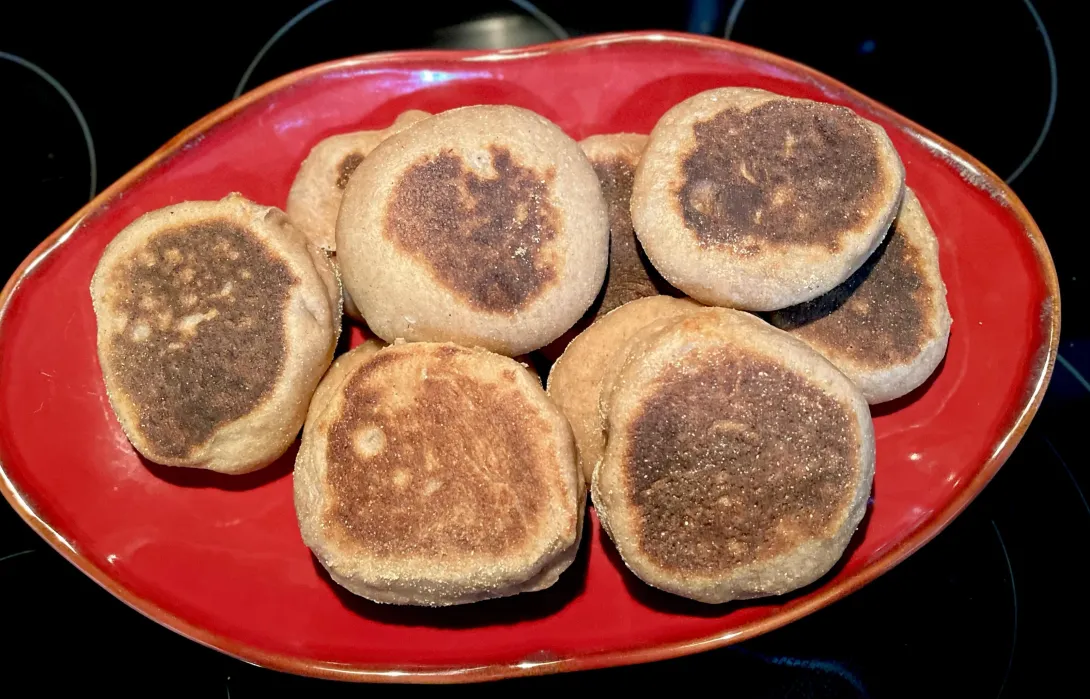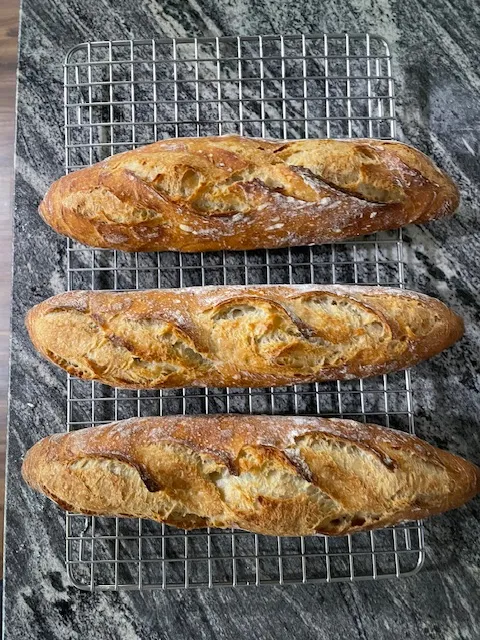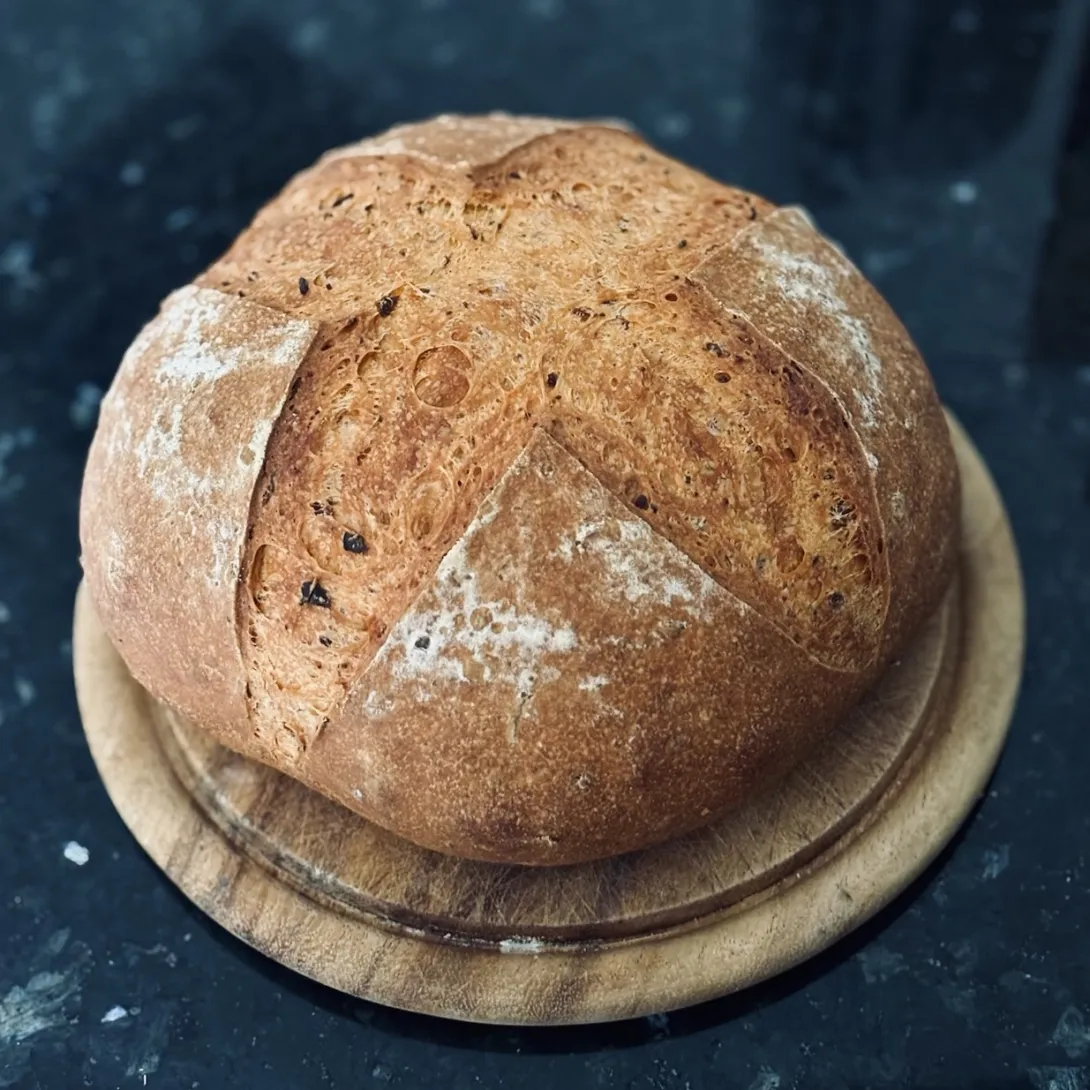The Four cheese & sausage Copper Mine Road deluxe

Deconstructed
Provolone
Fresh oregano
Romano & Parmesan
Mozzarella
Sausage
- Log in or register to post comments
- View post
- The Roadside Pie King's Blog
